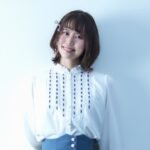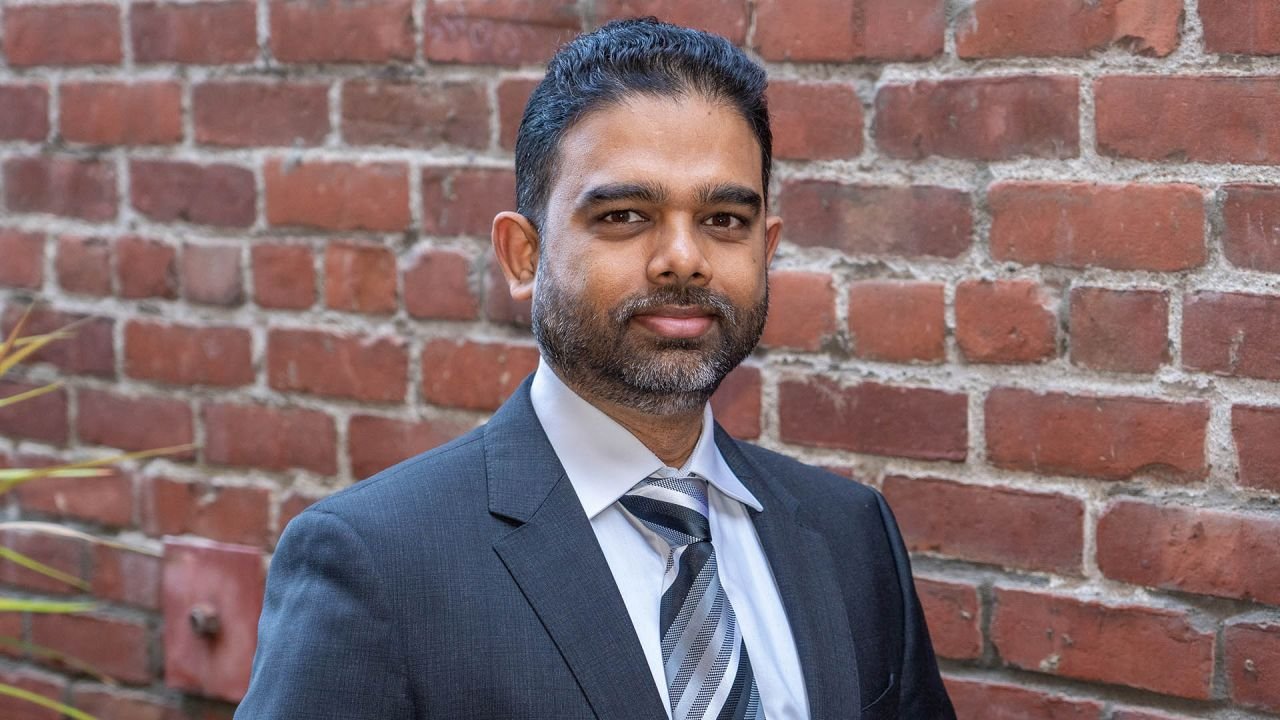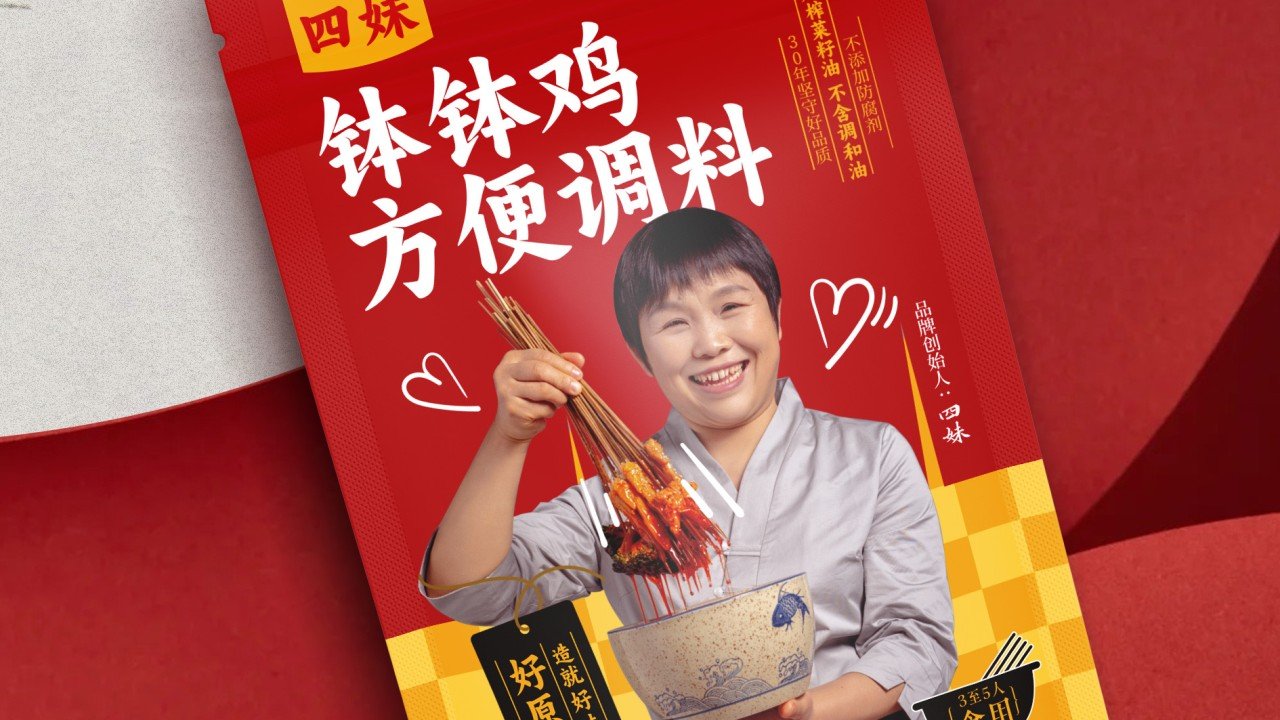
Maksym Vasyliuk: Photographing Property with Clarity & Soul
July 7, 2025
Giving Voice to Atmosphere: The Global Voice of Haru Yosano
July 7, 2025Avi Singh
With a career spanning top tech companies, Avi Singh applies a flexible design philosophy that prioritizes user understanding over aesthetic alone. His background in both creativity and research informs his ability to create impactful, lasting experiences.
From an early age, I was drawn to sketching and painting. As I matured, my interests shifted toward technology and computer-based careers. UX and product design emerged as the natural path for me to follow.
For the past 15 years, I have worked as a product designer and researcher, contributing to several Silicon Valley companies. Throughout my career, I have focused on designing solutions that make work and daily life easier for countless users.
I drew inspiration for a project from a sci-fi show. The branding and fonts used in the TV show "The Expanse" really inspired me. In addition to that, I am a huge fan of IKEA's branding, layout and simplicity and try to look for inspiration in their stores, apps and manuals.
IKEA manuals are very detailed yet do not require reading instructions. All the instructions are in simple graphics which match the real-world furniture pieces. So, I am always on the lookout for examples of good design and craftsmanship.
One thing designers wish people understood more about the design process is that it is not a rigid, one-size-fits-all checklist, but rather a fluid and adaptable journey focused on understanding users and solving real problems.
Many people expect a fixed sequence of steps, but in reality, each project and team may require a different approach, sometimes emphasizing research, sometimes rapid prototyping, and always iteration based on feedback and testing.
Designers want others to recognize that the process is about more than just making things look good; it’s about deeply understanding needs, validating ideas, and refining solutions to create meaningful experiences.
The deadline for this project was very tight, and I had to deliver designs within a short time frame. Once the end-to-end design was done, I had to iterate based on feedback. Any finishing touches needed to be done during the iteration process. The designs were also being used to onboard a new engineering team.
This required repeated check-ins with the team and walking them through the designs. There were engineering challenges with the frontend framework as well. Which required updates to designs.
I find inspiration for my work from many sources. I read design blogs, magazines, and books like Smashing Magazine, Design Collective, and UXness. I also draw ideas by watching how users interact with products. Users may not always know the best solution, but they show what frustrates them, what slows them down, and what feels awkward.
I also look at the world around me for examples of good design. For instance, I like how IKEA assembly manuals use visuals instead of text to guide people. These different sources help shape my approach to design.
Winning Entry
EVBloom - Home EV Charger Sharing | 2025 NY Product Design Awards
EVBloom is a concept for a peer to peer EV Charging service. EV Chargers are inadequate and spread thin. Large populations living in high density apartments don't have access to EV chargers. EVBloom shows a way to solve this problem by making idle chargers available to people who... (read more here)
Explore design insights Why Good Design Should Feel Effortless - Eddie Maestri Reflects on His Process here.







